In their review in BioEssays, Beata Ujvari and colleagues review how the transmissible cancer termed ‘devil facial tumor disease’ affects life history adaptations in Tasmanian devils.
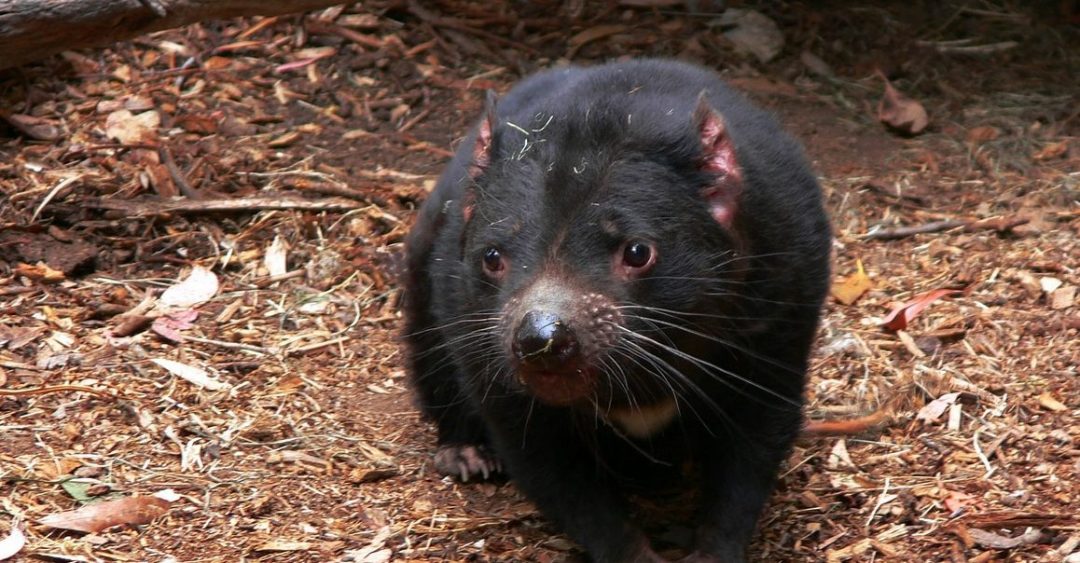

In their review in BioEssays, Beata Ujvari and colleagues review how the transmissible cancer termed ‘devil facial tumor disease’ affects life history adaptations in Tasmanian devils.
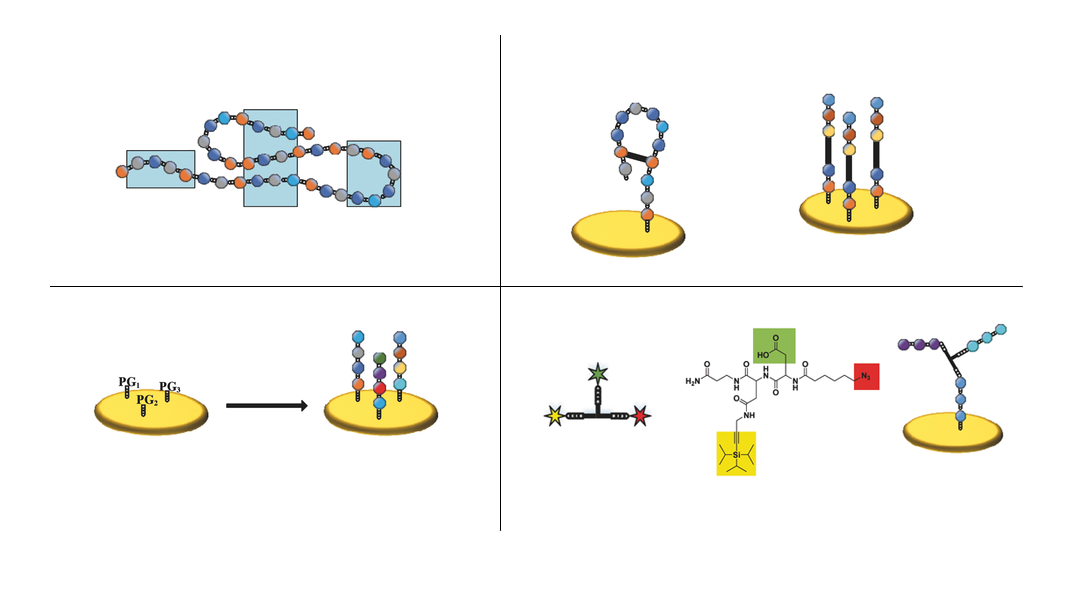
A method to create arrays of branched peptide assemblies as a surrogate for protein arrays is developed.
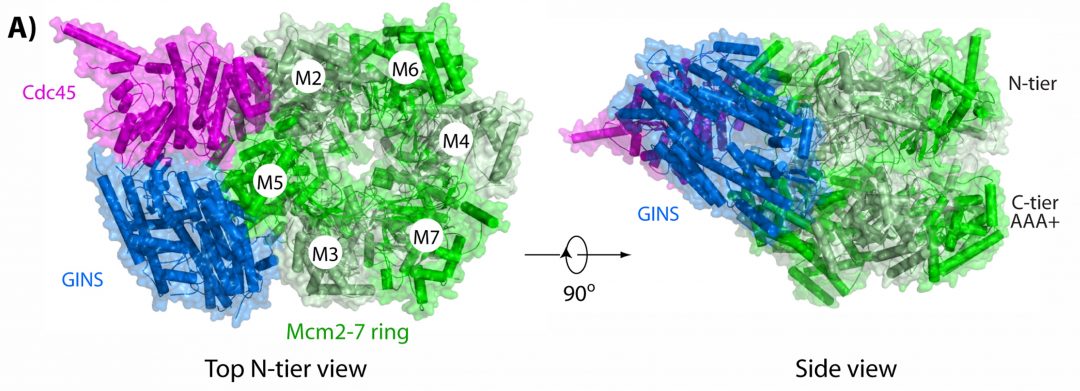
In their review in BioEssays, Huilin Li and Michael O’Donnell discuss recent findings about the structure and function of the eukaryotic CMG helicase.

Merck launches joint project together with partners in industry and science to conduct basic research on quantum materials as light sources.
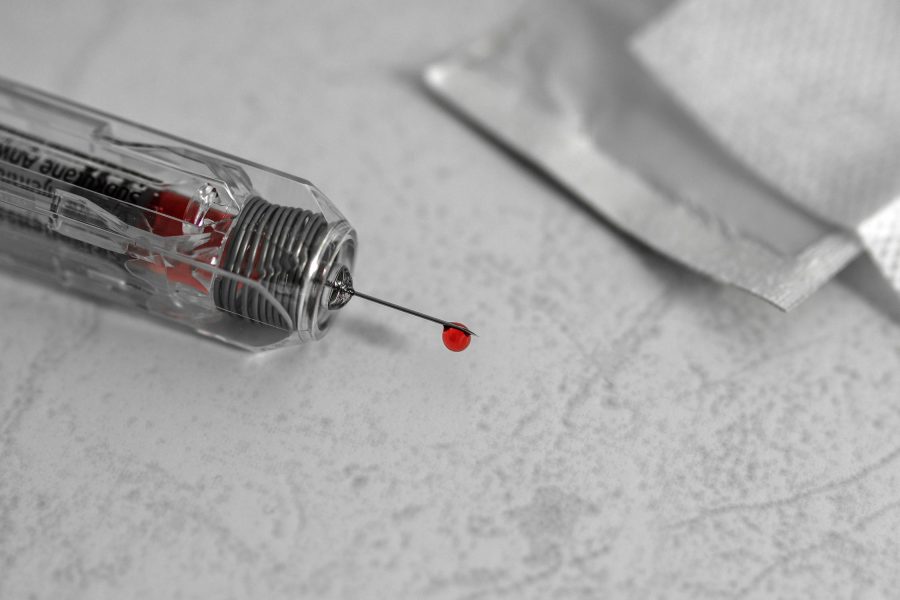
A team of Chinese researchers developed a cost-effective and fully automated blood counting system that can be used by trained and untrained users.
![Lipid-based Films for Biomedical Applications [Video]](https://www.advancedsciencenews.com/wp-content/uploads/2018/02/adfm201704356_ASN_image_without_logo.png)
Cecilia Leal from the University of Illinois and co-workers summarize the current research on lipid-based films for biomedical applications and provide new insight into multilayered hybrid lipid–polymer films for substrate-mediated drug delivery.
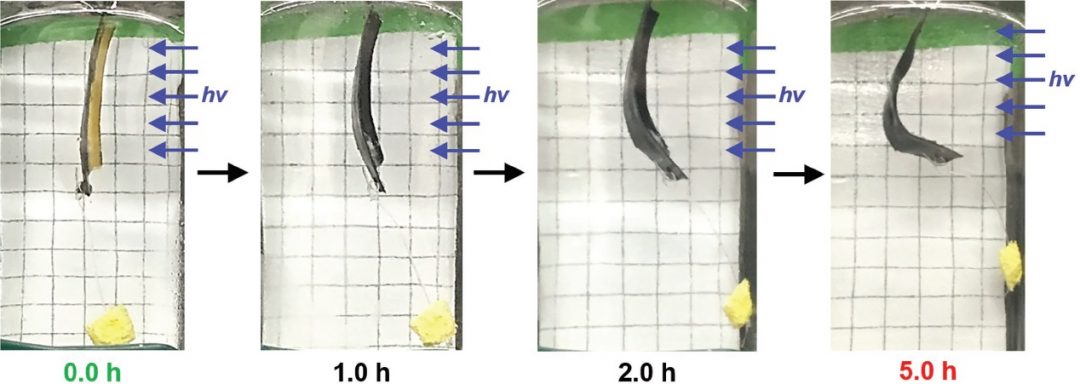
A photoinduced redox reaction is used to cause the contraction of an artificial hydrogel muscle, leading to macroscale actuation and measurable work.
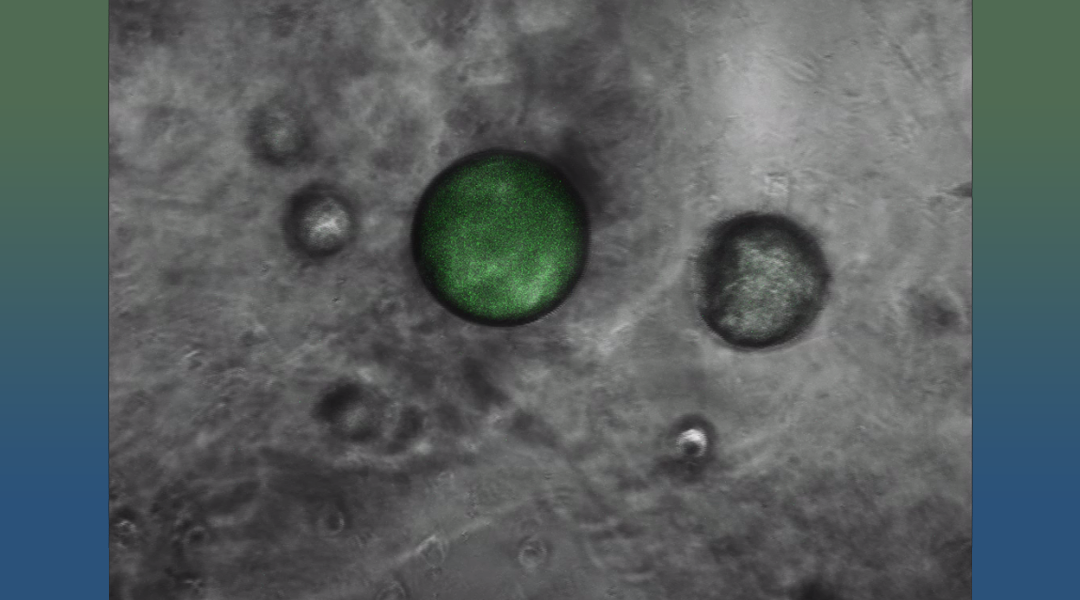
Synthetic cells that function as autonomous systems for producing an anti-cancer protein inside the body are developed.

Local control of pens in a large-scale pen array can be achieved by using a nanotube composite that is photo-responsive to fabricate each individual pen.
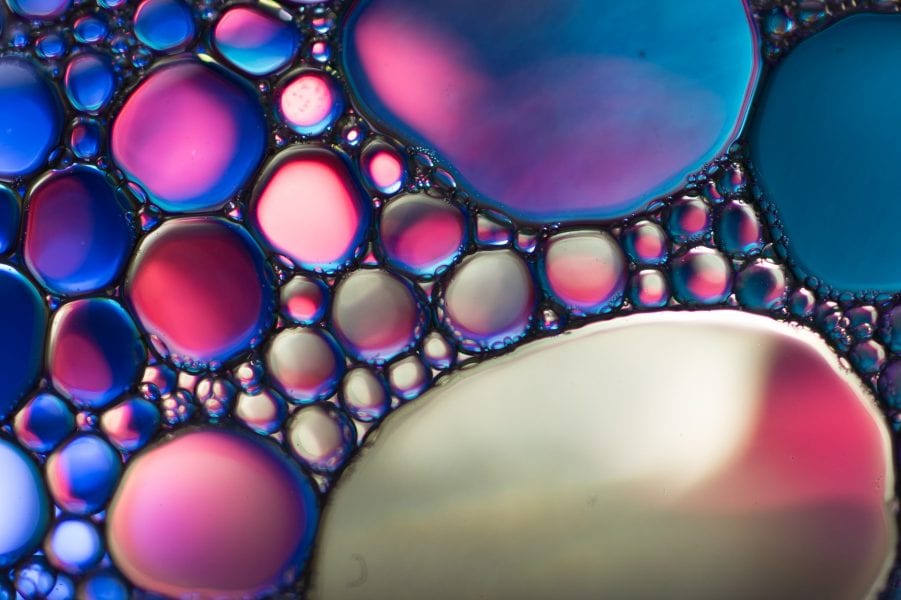
A simple, robust, and versatile way of molding all-liquid objects with potential applications in materials and life sciences.